Shoebill Balaeniceps rex
Order: Pelecaniformes. Family: Balaenicipitidae
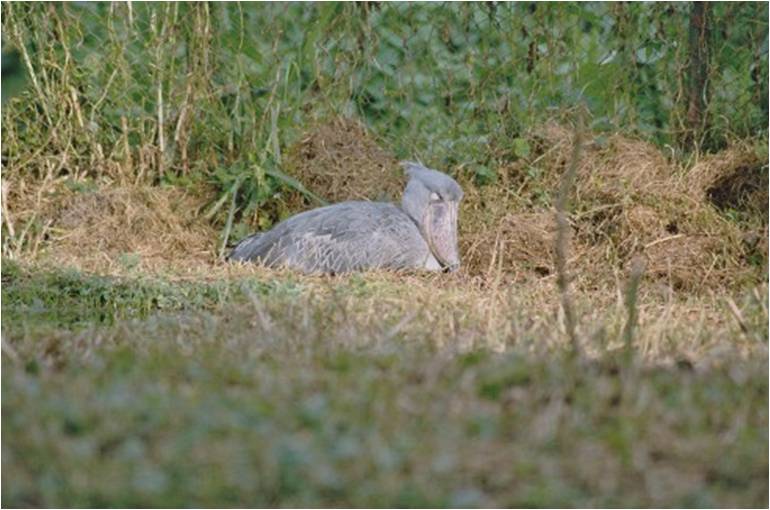 Description
Description
110 to 150 cm, 4 to 7 kg
A male will weigh on average around 5.6 kg and is larger than a typical female of 4.9 kg. The signature feature of the species is its huge, bulbous bill, which is straw-coloured with erratic greyish markings. The exposed culmen (or the measurement along the top of the upper mandible) is 18.8 to 24 cm (7.4 to 9.4 in), the third longest bill among extant birds after pelicans and large storks, and can outrival the pelicans in bill circumference, especially if the bill is considered as the hard, bony keratin portion. The sharp edges in the mandibles help the shoebill to decapitate their prey and also to discard any vegetation after prey has been caught. As in the pelicans, the upper mandible is strongly keeled, ending in a sharp nail. The dark coloured legs are fairly long, with a tarsus length of 21.7 to 25.5 cm. The shoebill's feet are exceptionally large, with the middle toe reaching 16.8 to 18.5 cm in length, likely assisting the species in its ability to stand on aquatic vegetation while hunting. The neck is relatively shorter and thicker than other long-legged wading birds such as herons and cranes. The wings are broad, with a wing chord length of 58.8 to 78 cm, and well-adapted to soaring. The plumage of adult birds is blue-grey with darker slaty-grey flight feathers. The breast presents some elongated feathers, which have dark shafts. The juvenile has a similar plumage colour, but is a darker grey with a brown tinge. When they are first born, shoebills have a more modestly-sized bill, which is initially silvery-grey. The bill becomes more noticeably large when the chicks are 23 days old and becomes well developed by 43 days.
Distribution
The shoebill is found in central tropical Africa, from southern Sudan through parts of eastern Congo, Rwanda, Uganda, western Tanzania and northern Zambia. The species is most numerous in the West Nile sub-region and adjacent areas of the south Sudan; it is also significant in wetlands of Uganda and western Tanzania. More isolated records have been reported of shoebills in Kenya, the Central African Republic, northern Cameroon, south-western Ethiopia, Malawi. Vagrant strays to the Okavango Basin, Botswana and the upper Congo River have also been sighted. The distribution of this species seems to largely coincide with that of papyrus and lungfish.
Habitat
The shoebill occurs in extensive, dense freshwater marshes. Almost all wetlands that attract the species have undisturbed Cyperus papyrus and reed beds of Phragmites and Typha. Although their distribution largely seems to correspond with the distribution of papyrus in central Africa, the species seems to avoid pure papyrus swamps and is often attracted to areas with mixed vegetation. More rarely, the species has been seen foraging in rice fields and flooded plantations.
Diet
Shoebills are largely piscivorous but are assured predators of a considerable range of wetland vertebrates. Preferred prey species have reportedly included marbled lungfish and Senegal bichir as well as various Tilapia species and catfish. Other prey eaten by this species has included frogs, water snakes, Nile monitors and baby crocodiles. More rarely, turtles, snails, rodents and small waterfowl have reportedly been eaten. There exists a single report of shoebills feeding on lechwe calves, although this would need confirmation. Given its sharp-edged beak, huge bill and wide gape, the shoebill can hunt large prey, often targeting prey bigger than other large wading birds.
Breeding
The solitary nature of shoebills extends to their breeding habits. Nests typically occur at less than three nests per square kilometre, unlike herons, cormorants, pelicans and storks which predominantly nest in colonies. The breeding pair of shoebills vigorously defends a territory of 2 to 4 km2 from conspecifics. In the extreme north and south of the species' range, nesting starts right after the rains end. In more central regions of the range, it may nest near the end of the wet season in order to hatch around the beginning of the following wet season. Both parents engage in building the nest on floating platforms. The large, flattish nesting platform is often partially submerged in water and can be as much as 3 m deep. The nest itself is about 1 to 1.7m wide. Both the nest and platform are made of aquatic vegetation. From one to three white eggs are laid. Incubation lasts for approximately 30 days. Both parents actively brood, shade, guard and feed the nestling, though the females are perhaps slightly more attentive. Food items are regurgitated whole from the gullet straight into the bill of the young. Shoebills rarely raise more than one chick, but will hatch more. The younger chicks are intended as back-ups in case the eldest dies or is weak. Fledging is reached at around 105 days and the young birds can fly well by 112 days. However, they are still fed for possibly a month or more after this. It will take the young shoebills three years before they become fully sexually mature.
Call
The shoebill is normally silent, but they perform bill-clattering displays at the nest. When engaging in these displays, adult birds have also been noted to utter a cow-like moo as well as high-pitched whines. Both nestlings and adults engage in bill-clattering during the nesting season as a means of communication. When young are begging for food, they call out with a sound uncannily like human hiccups. In one case, a flying adult bird was heard uttering hoarse croaks, apparently as a sign of aggression at a nearby marabou stork.
Status
The population is estimated at between 5,000 and 8,000 individuals, the majority of which live in swamps in Sudan, Uganda, eastern Democratic Republic of the Congo, and Zambia. There is also a viable population in the Malagarasi wetlands in Tanzania. BirdLife International has classified it as Vulnerable with the main threats being habitat destruction, disturbance and hunting.
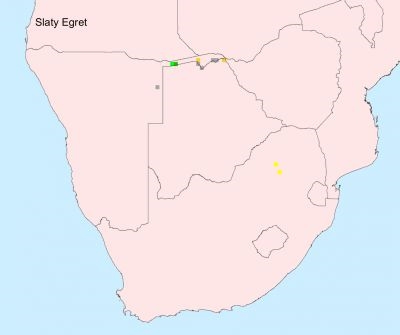



 © PRWIN
© PRWIN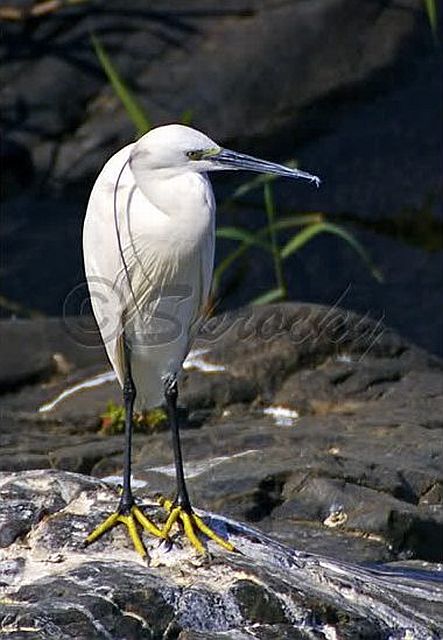 © Sprocky
© Sprocky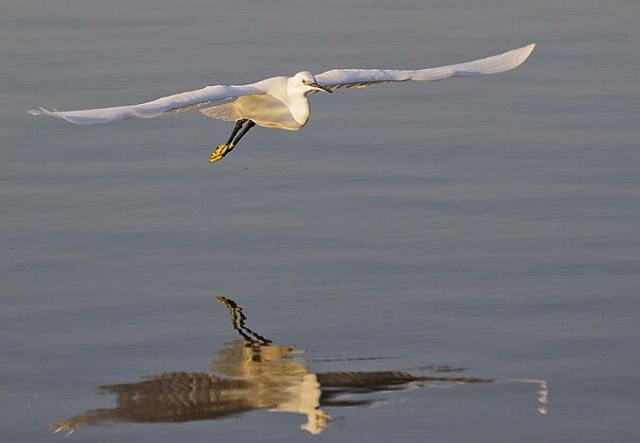 © leachy
© leachy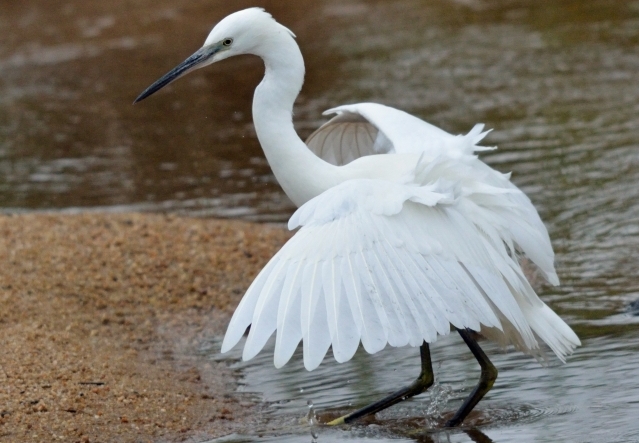 © BluTuna
© BluTuna © harrys
© harrys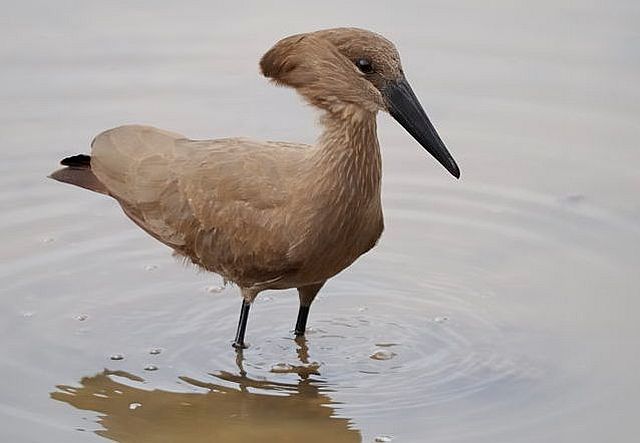 © Dewi
© Dewi © Flutterby
© Flutterby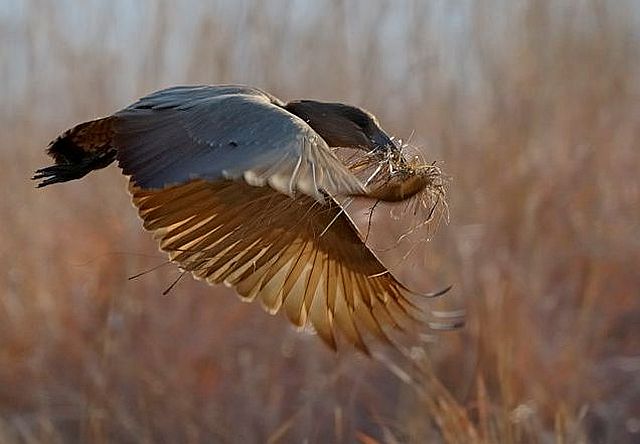 © Dewi
© Dewi © Pumbaa
© Pumbaa 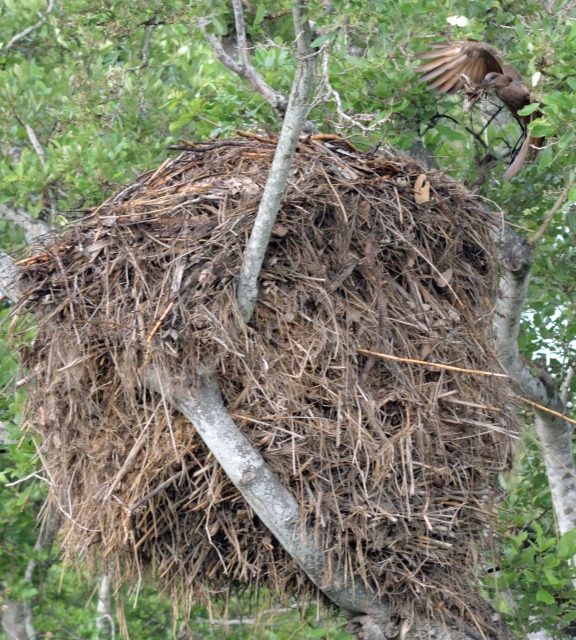 © BluTuna
© BluTuna
 © nan
© nan